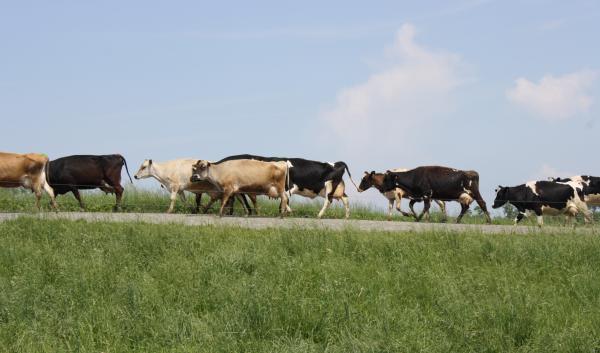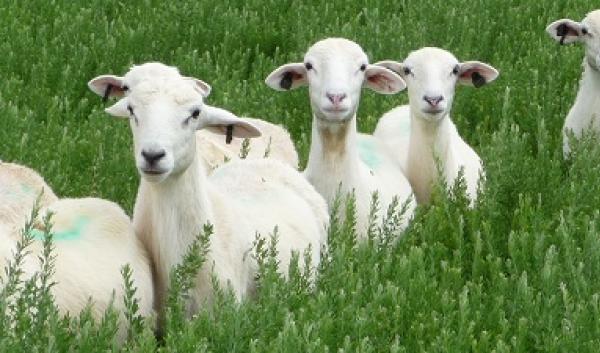Pasture
Pasturelands cover 121.1 million acres (6% of the U.S. surface area), predominantly in the eastern half of the U.S. While mostly used for livestock grazing and hay production, pastures also offer other ecosystem services, enhance environmental quality and provide scenic landscapes. Currently, most pastures are minimally managed and could benefit from improvements in stocking rates, grazing methods, seasonal use and fertilization. Optimizing pasture health and productivity today will build resilience to a changing climate. Factors affecting pasturelands under a changing climate include higher temperatures, changes in precipitation regimes, changes in the frequency and magnitude of extreme temperature and precipitation events, and greater exposure to weeds, pests and pathogens. Combined with rising temperatures and nitrogen deposition, elevated atmospheric CO2 may positively impact pasture productivity. However, rising temperatures may drive increased demand for irrigation in drier regions.
-
Weather and Climate Considerations for Dairy
How does the changing climate impact dairy operations, and what can dairy farmers do to adapt?
-
Managing Grazing to Improve Climate Resilience
A rotational stocking system controls the timing and intensity of grazing by rotating animals among paddocks. This…
-
Responding to Ecological Drought in the Intermountain Region
In March 2017, the Forest Service Intermountain Region held a drought adaptation workshop to share state-of-science…
-
Specialty Animals
The challenges facing specialty livestock are similar to what is experienced by larger livestock (swine, cattle): the…
-
Dickinson College Farm's Silvopasture
Farmers in the Northeast are exploring options to adapt to the changing climate. Higher average temperatures and more…
-
Grazing lands in a changing climate
Laying out temporary fencing to facilitate a rotational grazing plan. This plan allows vegetation in previously grazed…
-
Understanding and Assessing Climate Change: Implications for Nebraska 2014
Understanding and Assessing Climate Change: Implications for Nebraska documents many of the key challenges that…
-
Focus on Livestock in the Southeast
Livestock operations in the Southeast can be sensitive to climate change and variability.










